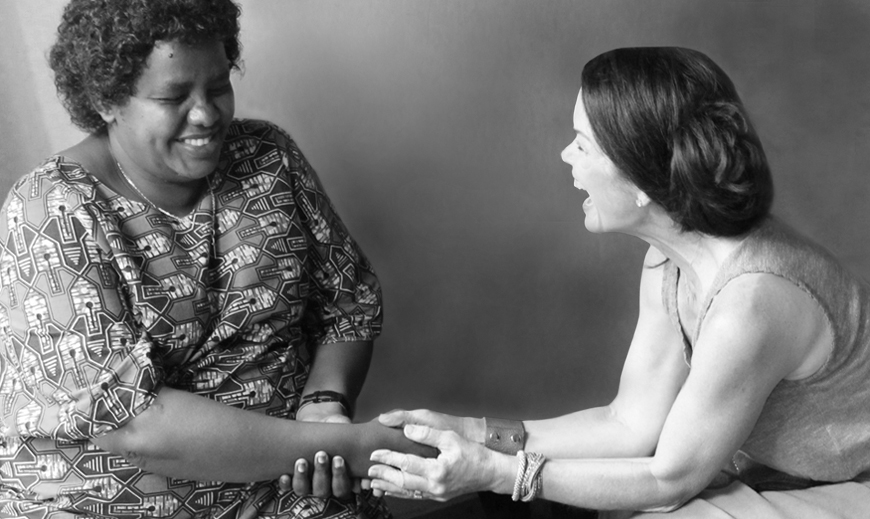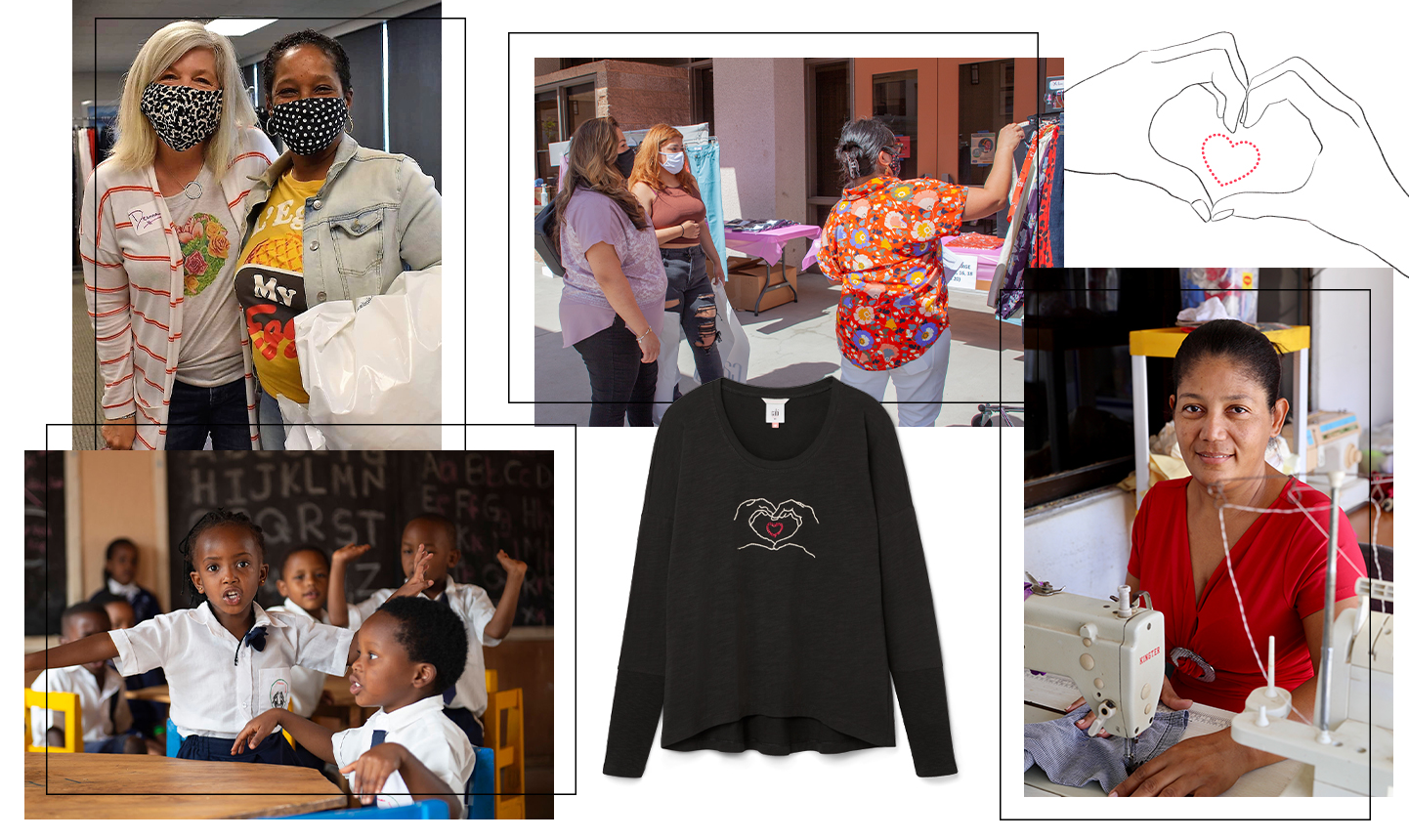By Kimberly Inskeep, cabi Founder, President and Chief Culture Officer
“One’s destination is never a place but a new way of seeing things.” – Henry Miller
When looking into the eyes of Beathe, a Rwandan woman who suffered unthinkable tragedy during the 1994 genocide that killed nearly a million people, including many of her loved ones before her eyes, I could see a depth of pain I will never forget. But I could also see the glimmer in her eye when she talked about how far her life has come since then and the significant hope she feels for her own future and the future of her country. I could see a serenity in her face and posture as she had freed herself of the weight of hate and grudges in exchange for the lightness that comes from forgiveness. Witnessing this as I sat in her home changed my heart in profound ways.
Before traveling to Rwanda, I knew quite a few facts and figures about what happened in their history. I had read up on what led to the atrocities of 1994 and had learned about the incredible advancements throughout the country in recent years, making it a progressive, technologically-developed, green, and forward-thinking nation. But nothing could tell the story of Rwanda like looking into the eyes of those who had lived that history, those atrocities, and the reconciliation that followed.
I’ve been thinking about the delusion that can come in this Information Age—with all the access we have to images, videos, information, and stories provided by the media and individuals—we blur the lines between knowledge and true understanding. We can know a lot through watching, reading, and listening, but we cannot truly understand until we immerse ourselves in a culture and sit with the people who have lived the stories. We must be humble enough to know that no amount of highly produced media can give us the life-transforming experience of hugging a woman who has lived through what would be our worst nightmare. We must believe that the knowledge we can obtain at a comfortable, digital distance can never rival the intimacy—however uncomfortable—of being present.
As we traveled to Kenya and Rwanda a few weeks ago with 16 cabi Stylists, each of their lives were transformed. They will never be the same because they’ve walked the road of a foreign land that is now no longer foreign to them, they’ve looked into the fierce eyes of a lion, they’ve felt the pure joy of the children who leapt into their arms for a deep hug, and they’ve seen the quiver in the throats of women courageous enough to tell the stories of what happened as they and their families were hunted.
For me, hearing Rwandans speak about the forgiveness that has taken place throughout their country floored me. It defies all reason. To have the perpetrator ask for forgiveness from the lone survivor of a family he murdered and for that survivor to generously and open-handedly give it is an absolute miracle—there is no way around that. Rwanda is the place of peace that it is today because these big-hearted people chose the freedom of forgiveness rather than to be forever fettered to the grave injustice they suffered. That hit me deeply. I understood that I need to approach the act of forgiveness differently—in a way I had not previously thought reasonable or thought myself able. It was through being in the presence of those who had forgiven greater grievances than I have ever encountered that I could have possibly learned the power of this lesson.
There is an Asian proverb that says, “Better to see something once than to hear about it a thousand times.” I could have read or heard the stories of these people over and over, but it is not until we sit in their presence, look in their eyes, and take their hand in ours that we can truly understand.




